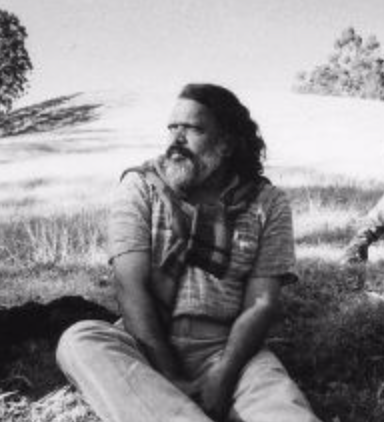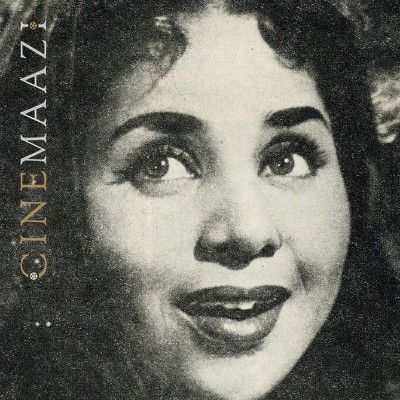The Romance of our Show Houses

Beyond the golden age of Sanskrit drama, beyond the splendid amusement parks of Mohenjo Daro and Harappa, in prehistoric times some thousands of years ago, there must have been showmen who lured the work-weary, entertainment-hungry people to their natya ghars. For it is inconceivable that show places did not exist then or that men did not seek diversion.
It is an equally fair guess that in those show places, beautiful women danced and melodious music filled the air; perhaps some clever conjurer regaled an appreciative audience with the dexterity of his feats, or perhaps a great actor enthralled the spectators with his histrionic virtuosity. Throughout the ages, from the Cretan bull-leaping spectacles to the present-day stereoscopic, stereophonic entertainment, showmen have striven hard to provide the people with new and exciting diversions.
Peering over the past of our cinema theatres, their origin and development from the open-air tent shows with hard wooden seats to the present steel and concrete structures and plush comforts, the story that unfolds is as fascinating as any ever seen on the screen.
The frontage of the theatre was flood-lit and the show was advertised as the "Marvel of the Century - the Wonder of the World."

A year or two later, shows were held in specially-built shamianas by two Italians, Colonello and Cornaglia, on the Esplanade (Azad) Maidan, Bombay. About the same time Messrs Clifton and Company, well-known photographers, gave cinema shows at their studios in Medows Street.
At the turn of the century, Cursetji Baliwala bought newsreel films of the Beer War together with some interesting skits and exhibited them at the Novelty. This was followed by Manek D Sethna's touring cinema company.
It was, however, Charles Pathe, who had opened offices in Bombay and Calcutta in 1907, who supplied films regularly to the Excelsior Cinematograph, as it was then known. The Excelsior gave three performances daily (from 7 to 8 p.m., 8.30 to 9.30 p.m., and 10 to 11 p.m.) of their 'Most perfect living picture exhibition in the world, as shown originally in London, Paris and Berlin."
The Excelsior opened in 1907 with a programme which consisted of: "The Prince of Wales Touring India"; "An Inexperienced Chauffeur"; "Aladdin and his Wonderful Lamp"; "Loie Fuller's Skirt Dance" and "The Great International Cross-Country Race."

In the same year, the Empire Cinematograph opened in the Framji Cowasji Hall. "The Times of India" remarked: "The Empire Cinematograph which has just opened its season in Bombay is one of the finest entertainments of its kind now on tour... Every night there is a scarcity of seats... the electric installation is no doubt the finest of its kind in India. There is no fear of heat, as the hall is exuberantly cool, being fitted with six beautiful pankhas."
The Visiograph put the accent on quality: "The latest and the best in cinematograph. The unrivalled show with the clearest projection in the world. No vibrations, no oscillations." Perhaps in keeping with its name, the royal Bioscope declared itself. "The King of Cinematographs."
Not to be browbeaten by any of these visiting contenders, the Excelsior remained Bombayites: "Cinematographs come and cinematographs go, but the Excelsior is Bombay's very own." All this infuriated the Empire to announce: "A reward of Rs. 10,000 to anybody who proves that the Empire cinematograph's projection does not excel others."

In the following year, Maurice E, Bandmann, a foreigner who had theatres in the Far East, Ceylon and Calcutta, acquired a piece of land at the corner of New Queen's Road to build a theatre, and the foundation-stone of the Royal Opera House was by Brigadier-General Borter.
"The Times of India" reported the occasion: "Mr. Bandmann, who has done so much in the way of providing public amusement in the principal Eastern cities, long ago promised to arrange for the erection of a permanent theatre in Bombay, but has had to encounter many difficulties. Some years ago be abandoned a project to build a theatre near the Hindu burial ground out of respect for the objections on religious grounds of the Hindu community and now, when an admirable site has been obtained and building operations have already begun, objections have again been made to the scheme by some residents in the neighbourhood. But while in the previous case the opposition was weighty and the objections reasonable, now the grounds of objections are that property in the neighbourhood will be depreciated in value by the erection of the theatre because of the presence of large crowds and of undesirables, such as pan-supari wallas and orange-sellers who will be found near the building before and after the performances. Such objections to the building of a European theatre are too ridiculous to deserve serious comment."
The theatre, classic in style, supported by massive Corinthian columns, opened in 1915 with a season of an English vaudeville dancer, surprisingly named Roshanara, who performed Oriental and European dances. Along with the vaudeville were shown three films.

The correspondent of "The Times of India" found Roshanara's interpretation "extremely expensive" and the films 'humorously pathetic." As a tailpiece, the reviewer charitably informed the patrons "that now that the painted chairs in the stalls are getting more seasoned, the risk of spoilt clothes is infinitesimal.
As the theatres were getting bigger, better and plushier, so were the films. Foreign films with spectacular, lavish settings, like "The Thief of Baghdad," "Ben-Hur," "Beau Geste" and "Variety," were great favourites. "The Thief of Baghdad" ran for months on end and created box-office history.
In 1925 that great showman, J F Madan, released "Messalina," an Italian costume drama, at hi three theatres, the Empire, the Empress and the Globe, and advertised the film as "The world's greatest masterpiece in eleven stupendous reels - supported by a cast of 12,000 actors and actresses.
Cine Madeleine, a rival theatre, released "Theodora" (also an Italian film) and disclosed that "30,000 costumes were specially prepared for this greatest of all films," and the blurb went on: "Collect all your 'Ahs' and 'Ohs' and your interjections of acute gaspology and prepare to utter them when you see 'Theodora',"

In 1932, the Roxy opened with Fox's "The Yellow Ticket," starring Lionel Barrymore and Elissa Landi - a drama that women will go goofy over." The same year the Palace Talkies was declared open by the Mayor of Bombay. Mr V N Chandavarkar. A year later, in October 1933, Bombay's first air-conditioned theatre, the Regal, opened with M-G-M's "The Devil's Brother," featuring Stan Laurel and Oliver Hardy. Five years later, in 1938, the imposing Eros loomed large over the Curchgate Reclamation.
The opening of "one of the world's finest motion picture palaces," the Metro, came soon after on June 8, 1938 with "Broadway Melody of 1938," starring Robert Taylor and Eleanor Powell. A special feature of this massive steel and concrete structure was the huge murals (40 ft. x 10 ft.) depicting scenes from Hindu mythology.
Since then many new and exciting show houses, significantly the Liberty, the Naaz and the Maratha Mandir, have risen against the ever-changing skyline of this beautiful city, each one more fabulous than the others. This is a measure of the enterprise and ingenuity of our showmen.
Ironically enough, the only people who never get entertained are the showmen themselves, for they are perpetually worried about the entertainment of others. Be that as it may, a world without showmen would be quite insufferable.
This article was published in Filmfare magazine’s April 21, 1961 edition written by B D Garga.
The images and captions appeared in the feature are taken from the original article.
About the Author






.jpg)


